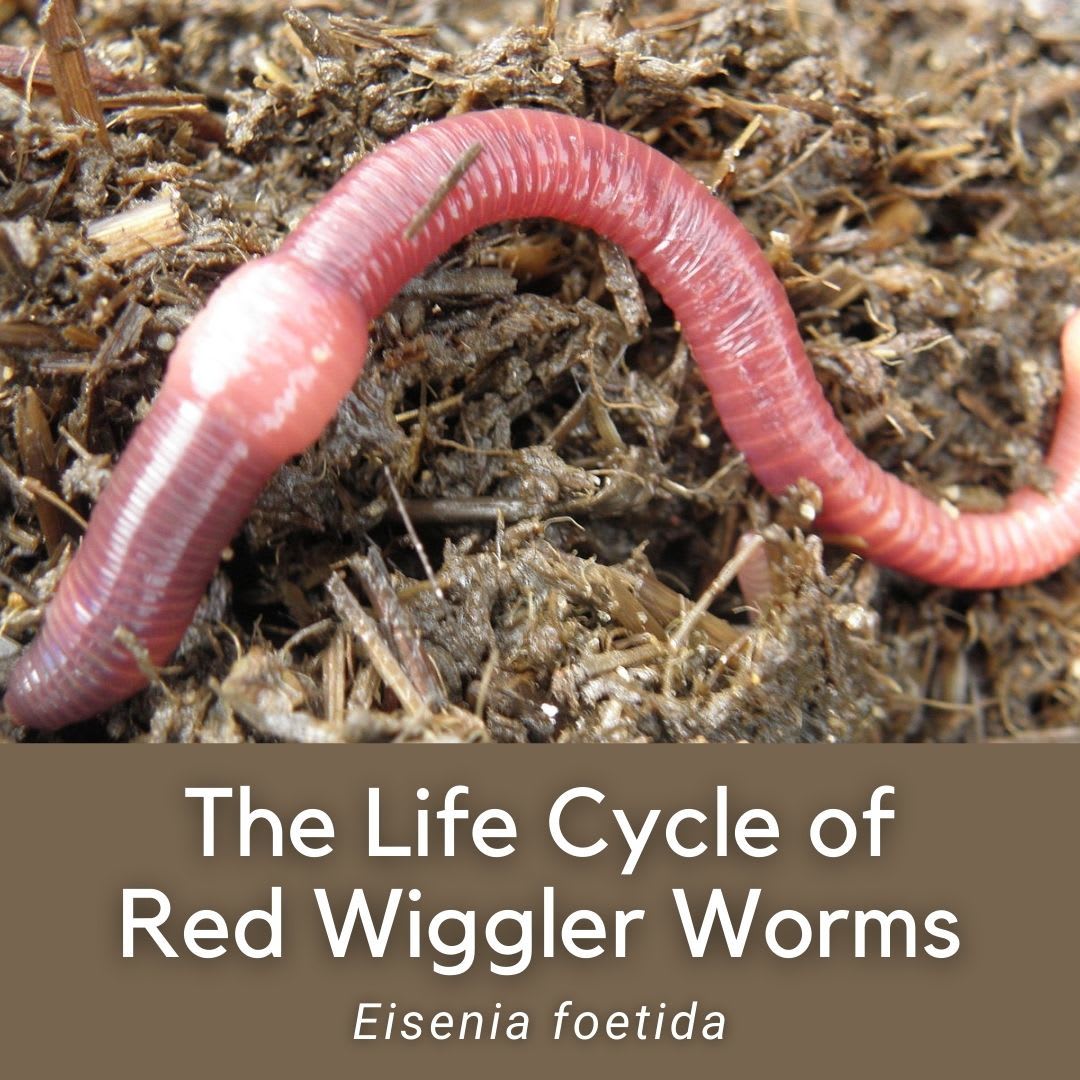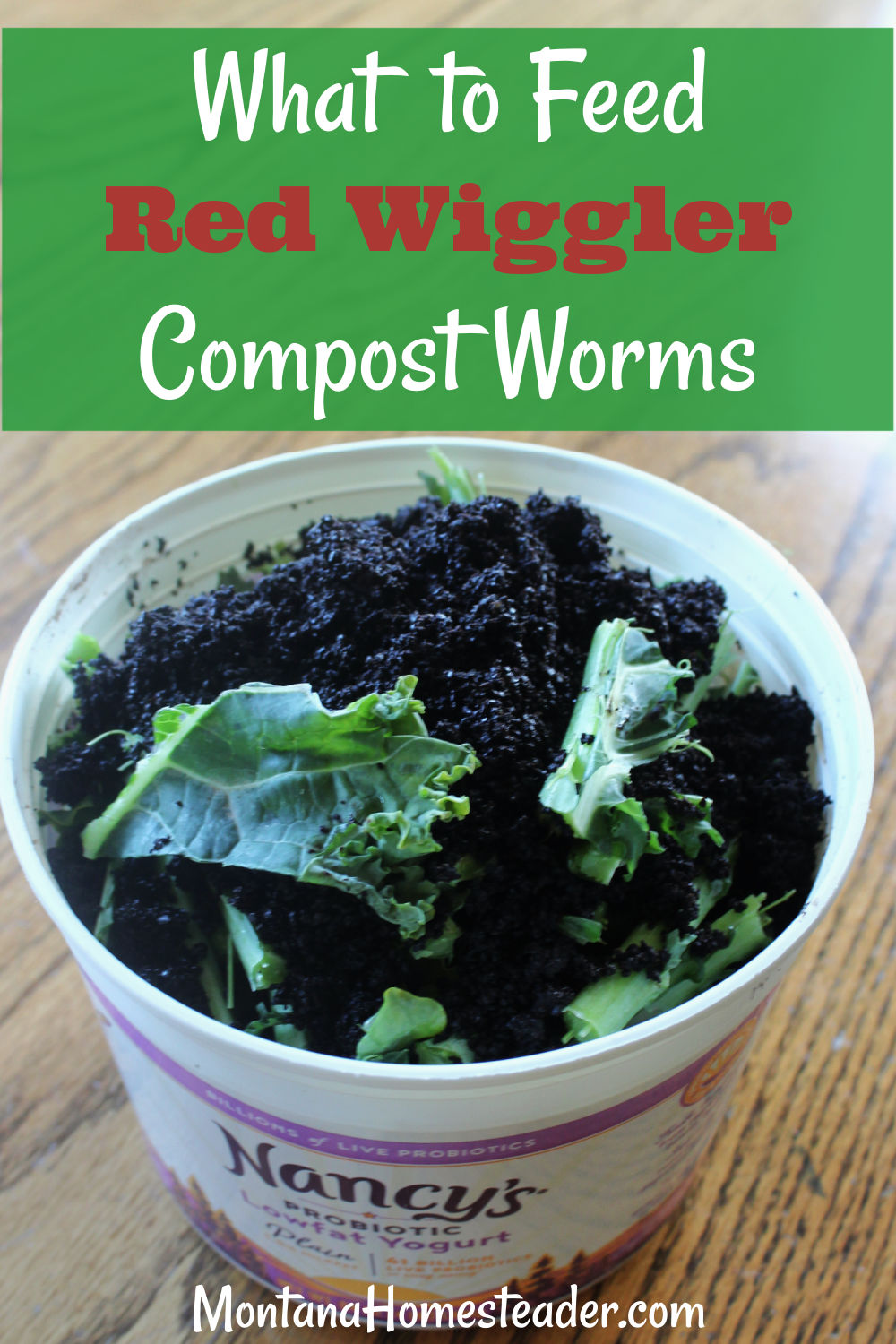Lake Hickory Bait Provides the Solutions You Need for a Perfect Lawn
Lake Hickory Bait Provides the Solutions You Need for a Perfect Lawn
Blog Article
Red Wigglers: The Unsung Heroes of Organic Waste Recycling
Red wigglers, or Eisenia fetida, serve as essential agents in the organic waste recycling procedure, changing thrown out materials into valuable vermicompost. As the globe progressively looks for options to fight waste accumulation and boost agricultural productivity, recognizing the duty of these worms ends up being important.
What Are Red Wigglers?
The impressive strength of red wigglers, clinically referred to as Eisenia fetida, emphasizes their essential duty in natural waste recycling. These small, reddish-brown earthworms are commonly discovered in decaying natural matter, such as compost heap and manure lots. Lake Hickory Bait. Unlike various other earthworm species, red wigglers prosper in nutrient-rich atmospheres and are very effective at damaging down natural products, making them necessary for vermicomposting

(Red Wiggler Express)Along with their function in waste decrease, red wigglers add to soil health and wellness by enhancing dirt framework and oygenation through their tunneling activities (Lake Hickory Bait). Their existence in composting systems not just improves disintegration rates but likewise advertises a sustainable strategy to waste management, showing their value in ecological preservation initiatives
Advantages of Composting With Worms
Composting with worms, specifically red wigglers, supplies numerous advantages that improve both waste administration and soil health and wellness. Initially, these worms successfully damage down natural waste, transforming it right into nutrient-rich vermicompost that improves dirt. This procedure speeds up decay, permitting a much faster recycling of cooking area scraps and various other natural materials compared to typical composting methods.
Additionally, the vermicompost generated by red wigglers is bursting with helpful microbes, which help improve soil framework, aeration, and dampness retention. This enhances the total wellness of plants, advertising vigorous growth and increased returns in yards and agricultural settings. The usage of worms in composting lessens the production of greenhouse gases, such as methane, adding to an extra lasting waste management system.

How to Begin Vermicomposting
Developing a vermicomposting system is a simple procedure that can generate substantial benefits for both waste administration and dirt enrichment. To start, select a suitable container, such as a plastic bin or wooden box, with ample ventilation holes to guarantee appropriate air flow. The measurements should ideally be around 2 feet by 3 feet, allowing sufficient space for the worms to flourish.
Next, prepare bed linen material, which can contain shredded newspaper, cardboard, or coconut coir. This bed linen ought to be moistened to produce a suitable habitat for the worms. As soon as the bed linens is in location, present red wigglers (Eisenia fetida) right into the container, typically around one pound of worms for each square foot of surface.
Adhering to the positioning of worms, add natural waste, such as fruit and veggie scraps, coffee grounds, and smashed eggshells. With these steps, you will effectively initiate a vermicomposting system that adds to sustainable waste monitoring and enhances your soil.
Keeping a Healthy Worm Container
(Lake Rhodhiss Bait)Keeping a worm container flourishing calls for routine focus and care to make certain the health and wellness of the red wigglers and the efficiency of the composting procedure. Proper upkeep starts with keeping track of the dampness levels; the container should be damp yet not soaked. A good policy of thumb is to keep a consistency comparable to a wrung-out sponge.
Delicately blending the bed linen and food scraps every couple of weeks stops compaction and ensures that all worms have access to oxygen. Furthermore, it is important to feed the worms suitably.
Temperature level law is an additional crucial facet. Red wigglers flourish in a variety of 55 to 77 degrees Fahrenheit. If the container ends up being as well hot or cool, the worms might come to be you can try this out worried - Lake Hickory Bait. Regularly examine for indicators of health and wellness, such as worm population growth and the presence of healthy spreadings. By diligently handling these aspects, one can preserve a robust and productive worm bin.
Effect On Sustainable Living
The effective maintenance of a worm bin not just profits the health and wellness of red wigglers yet likewise contributes considerably to lasting living practices. By recycling organic waste, such as kitchen scraps and backyard debris, red wigglers help draw away significant quantities of material from land fills. This decrease in waste not just lowers greenhouse gas discharges but additionally lessens the environmental concern connected with waste management.
Moreover, the spreadings produced by red wigglers offer as a nutrient-rich natural plant food, improving dirt health and wellness and promoting plant development. This all-natural option to chemical plant foods sustains sustainable farming and horticulture techniques, lowering reliance on artificial inputs that can hurt ecosystems. In addition, worm composting fosters recognition of waste management, urging individuals and areas to adopt even more sustainable routines.

Final Thought
In summary, red wigglers serve as important contributors to organic waste recycling via their effective disintegration of natural products. Their ability to produce nutrient-rich vermicompost enhances soil health and supports sustainable agricultural methods. By integrating vermicomposting into waste management techniques, individuals and areas can significantly reduce waste while promoting ecological sustainability. The duty of Eisenia fetida in cultivating healthy ecosystems underscores the importance of these microorganisms in attaining lasting living and boosting soil fertility.
Report this page